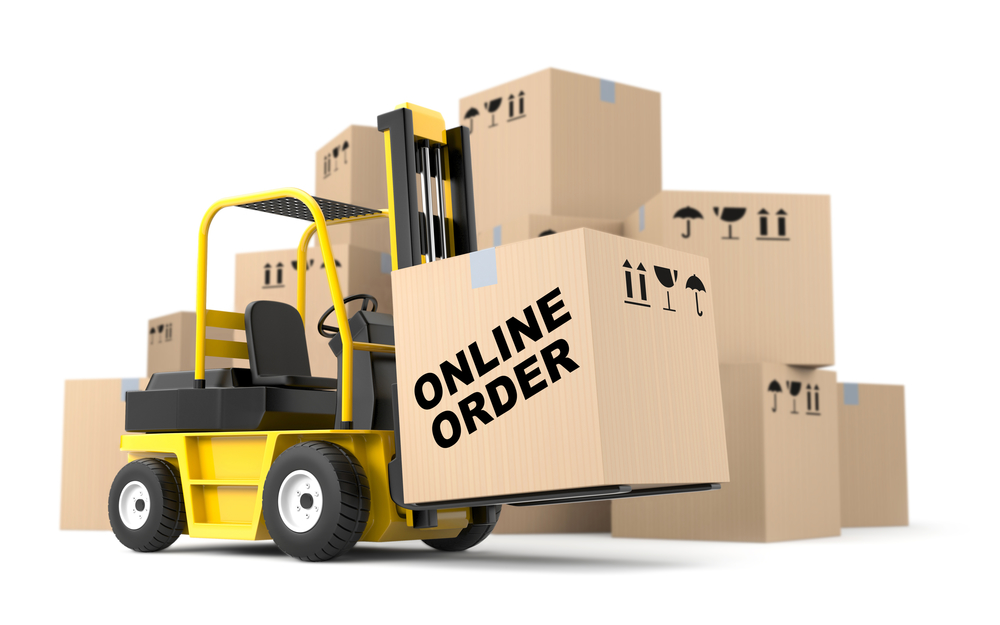When you’re starting up a new company, the temptation is to wear all the hats. After all, it’s your baby and no one understands it like you do. Of course, there’s also the matter of that pesky budget. It stretches a lot further when you’re employing a staff of one.
Of course, the reality is that you can’t do everything yourself. And speaking of budgets, the one area where you truly need some help is your finances. It would be so much simpler if business accounting was just a matter of addition and subtraction. But it’s a complex minefield that takes experience to navigate.
It’s too important of a position to leave to chance. In other words, don’t Google “accountant” and select the first one that pops up. Shop around for a financial expert just like you would for inventory, supplies and equipment. He’ll be working for you, so he should meet the qualifications that you’re looking for.
You don’t have to meet with a prospective accountant in person, but don’t rely on email. If you can’t meet, use Skype or the telephone. Hearing an actual voice helps you get a better sense of a person. Is he confident and well-spoken? Does he hem and haw while searching for answers? This could be the first step in an ongoing relationship, so start it on the right foot.
Be sure you do your homework before your meeting. Here is a checklist of questions that will provide much of the information you’ll need to make an assessment.
- How long have you been in business? A fledgling firm may not yet be experienced enough to handle your concerns. On the other hand, an accountant who’s been in business for many years may be on the verge of retirement. Find out what the plans of succession are so you’re not left hanging.
- Will I be assigned to one person? Some accounting firms operate on a call center basis, with associates taking calls on a rotating basis. If your account is specifically assigned to an accountant, the two of you will be able to develop a relationship and he’ll get to know your particular business much better.
- What services do you offer? There are several subcategories under the heading of finance. Are you looking for tax preparation help? Do you want someone to handle budgeting and cash flow management or strategic planning?
- How often will we be in contact, and by what means? You want to be on the same page with this issue. If you want to be able to consult on a weekly basis, you don’t want to find out afterwards that he’s available only once a month. Just as with your initial meeting, you should also be able to have personal contact, at least for the major meetings.
- Are you available year-round? Some accounting firms are open only during tax season when demand for their services is at its peak. However, as a new business you’ll need advice during the rest of the year as well.
 What types of businesses do you work with? Restaurants have a different financial agenda than contractors, who in turn are different from graphic artists. It helps to find an accountant who’s familiar with the type of business you’ll be operating.
What types of businesses do you work with? Restaurants have a different financial agenda than contractors, who in turn are different from graphic artists. It helps to find an accountant who’s familiar with the type of business you’ll be operating.- How do you bill for your services, and what’s included in your fee? Some accountants bill by the hour while others charge a flat rate. You might want to consider the former if you’ll be handling most of your finances in-house and consulting only on major issues. Find out exactly what’s covered in the rates so you don’t end up getting nickel-and-dimed on services that turn out to be an extra charge.
- Do you follow a conservative or aggressive approach? Nearly all financial matters come with risk, and business finances are no exception. For example, some accountants will beat the bushes to write off every possible penny. Others are reluctant to put a client in a position of possibly being red-flagged for an audit. Determine where you fall on this continuum so you find an accountant whose views are compatible with yours.
- How will I be informed of relevant changes in my industry? A good accountant should keep you abreast of current news and events pertinent to your business, particularly changes in tax regulations.
- What type of accounting software do you use? If it’s not the same as yours, ask how information and data will be exchanged.
This list can be supplemented or modified based on the needs of your specific business. Overall, it gives you a solid platform to find an accountant who will work as hard for your company as you do.
At Medallion Fulfillment and Logistics we make it easy for startups and new businesses to grow with thoughtful services and flexible order fulfillment options. Call us today to get a free price quote so you can focus on growing your business and leave the shipping to us.




 Subscribers can quickly become un-subscribers, so identifying and attracting new audiences is an important part of your e-newsletter strategy.
Subscribers can quickly become un-subscribers, so identifying and attracting new audiences is an important part of your e-newsletter strategy.
